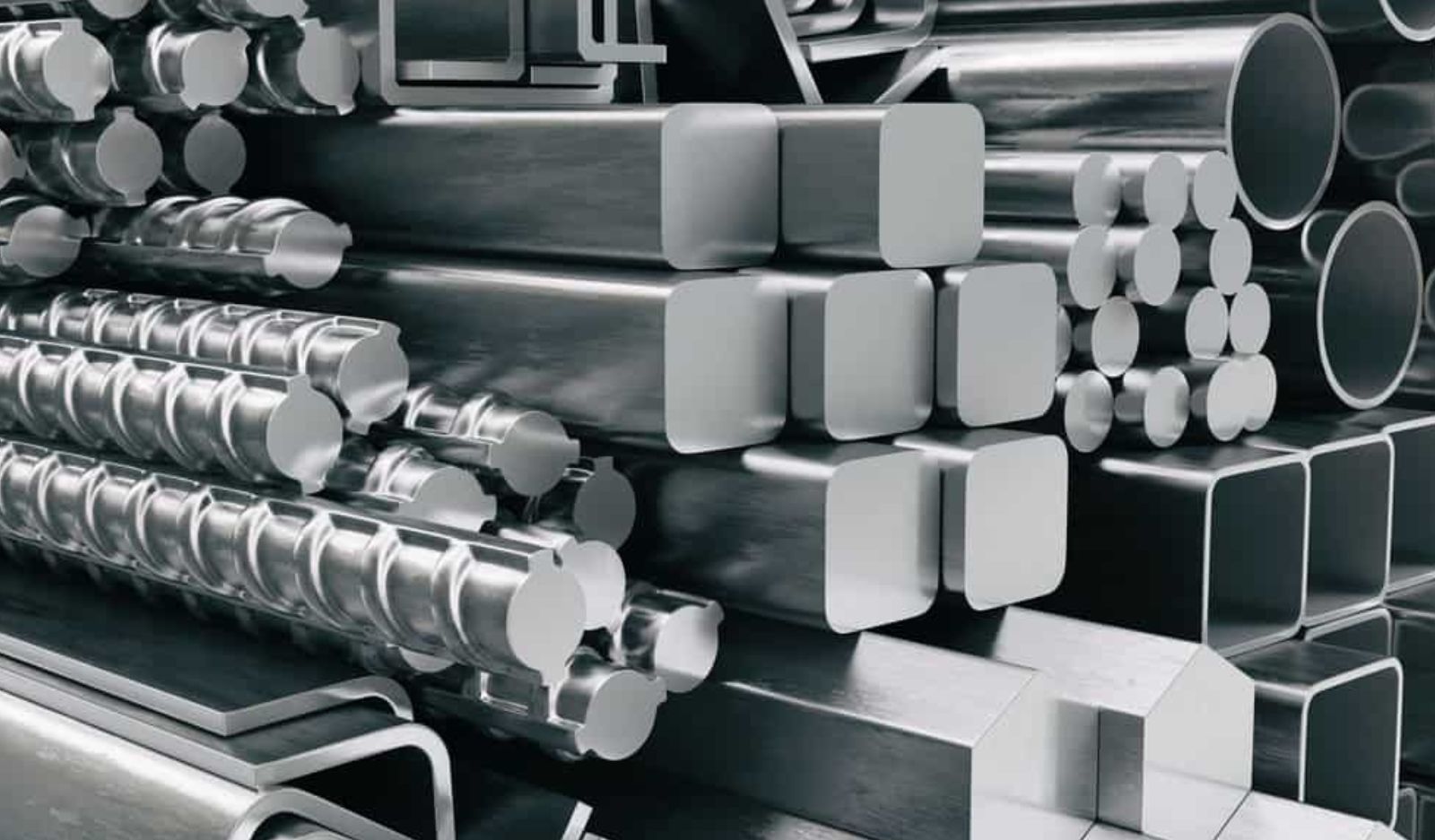Mild steel plays a crucial role in reinforced concrete (RC) structures, which are the backbone of modern construction. Reinforced concrete combines the compressive strength of concrete with the tensile strength of steel, making it one of the most reliable and widely used construction materials today. Mild steel, due to its specific properties, has become a preferred reinforcement material in concrete, providing the necessary tensile strength while ensuring structural integrity and durability.
Why Reinforce Concrete?
Concrete, though strong in compression, is weak in tension. When subjected to forces like bending or stretching, concrete alone can crack and fail. To address this limitation, steel reinforcement bars (commonly called rebar) are embedded within concrete to improve its tensile strength. The combination of concrete and steel forms a composite material that can withstand both compressive and tensile stresses.
Mild steel, with its excellent tensile strength, ductility, and affordability, is ideal for this purpose. It helps concrete resist cracks and enables structures to endure heavy loads, making it indispensable for high-rise buildings, bridges, dams, and other critical infrastructure.
Properties of Mild Steel for Reinforcement
Mild steel is a low-carbon steel (containing around 0.05% to 0.25% carbon) that offers a balance between strength and ductility. Its key properties that make it suitable for reinforced concrete structures include:
High Tensile Strength: MS Plates can withstand significant tensile forces, making it perfect for reinforcing concrete, which is weak in tension.
Ductility: Mild steel is ductile, meaning it can deform under stress without breaking. This property is vital for structures exposed to dynamic forces like wind, earthquakes, or heavy traffic, as the steel reinforcement allows the concrete to flex without cracking.
Bonding Ability: Mild steel rebars bond well with concrete, creating a unified structure. The ribs or deformations on the surface of the steel bars enhance this bond, ensuring that the concrete and steel act together under load.
Corrosion Resistance: While mild steel is prone to rust, the alkaline environment of concrete forms a protective layer on the steel, reducing the risk of corrosion. This adds to the longevity and durability of reinforced concrete structures.
Applications of Mild Steel in Reinforced Concrete
Foundations: In building foundations, mild steel bars provide the necessary tensile strength to support vertical loads, preventing the concrete from cracking under pressure.
Beams and Columns: In structural frameworks, mild steel reinforcement in columns and beams helps the structure bear vertical loads, while also providing resistance against bending and shear forces.
Slabs and Floors: Reinforced concrete slabs and floors utilize mild steel to prevent cracking due to bending stresses from the weight of the structure and external loads such as furniture or vehicles.
Bridges and Dams: Mild steel’s ability to endure large tensile forces makes it indispensable in constructing bridges and dams. These structures require a combination of tensile and compressive strength, which the steel-concrete composite provides.
Advantages of Using Mild Steel in Reinforced Concrete
The use of mild steel in reinforced concrete structures brings several advantages:
Cost-Effectiveness: Mild steel is relatively inexpensive compared to other high-strength alloys, making it an economical choice for large-scale projects.
Durability: When used in reinforced concrete, MS flats contribute to the structure’s durability, helping it withstand environmental and mechanical stresses for extended periods.
Ease of Fabrication: Mild steel can be easily cut, bent, and shaped on-site, allowing for greater flexibility in construction.
Mild steel serves as the backbone of reinforced concrete structures, providing tensile strength and flexibility that concrete lacks. Its properties of strength, ductility, and affordability make it the ideal choice for various applications, from residential buildings to large infrastructure projects. With its ability to enhance the structural integrity of concrete, mild steel remains a critical material in ensuring the safety and longevity of modern constructions.
